1. Why am I launching a Japanese loose leaf collection?
Even though Mizuba started as a matcha company, I’ve actually studied specialty tea in general for the past 16 or so years. Believe it or not, my passion for tea didn’t start with matcha. I was an avid drinker of Indian and Chinese teas before I had the privilege of diving deep into Japanese teas.
Over my years of traveling to Japan for matcha, I’ve been fortunate to meet a number of tea producers who find their art in small-batch, exquisite loose leaf teas — the kinds usually only found and enjoyed in Japan.
Being the tea lover I am, I was always bringing these teas home for my family and myself to enjoy. But the more of these special teas I found, the more I wanted to support the producers making them — to help ensure the traditions and heritage of these beautifully crafted Japanese teas live on.
In the same way sharing traditional Uji matcha with you helps preserve the heritage of such an iconic cultural art, I’m hoping our little loose leaf collection helps preserve Japan’s tea history, educates tea lovers on Japan’s truly delicious and uncommon teas, and furthers people’s intrigue and delight with tea! I certainly grew tired of keeping these teas to myself. They’re just so good, and I can’t wait to share them with you!
2. What makes Mizuba loose leaf special?
Our collection is special because we specifically focus on teas that showcase the heritage, history, and culture of Japanese tea. We could have sourced a bunch of different types of sencha and called it a day, but I wanted to only purvey the teas that really stood out to me from my travels — teas that cover a great range of styles and processes. Ultimately, our teas are carefully curated, uncommon, and delicious. I’m also proud to say that nearly the entire line is organic!
As a case study, let’s look at tencha. Very rarely sipped as a brew, tencha is actually what the tea leaf is called prior to grinding it into… matcha! The vast majority of tencha is reserved for grinding it into matcha, so it’s a special treat to try as a steeped tea. As a matcha lover, I find it really exciting to be able to taste the entire process — it’s so fun to taste the flavors of the tea leaf in its tencha form, and then see how those flavors translate into the matcha we all know and love.
With our other loose leaf teas, we have very special teas within their categories. For example, in sencha we feature a very traditional, “old-school” take: our kamairicha. We have two houjichas – one that is beautifully refined in a blend for a modern experience, and then a very un-refined example: the kyobancha. And you can’t forget the gyokuro or a classic genmaicha! But, knowing us at Mizuba – you can trust each tea we offer is outstanding in its sourcing, credibility, and quality.
3. If I love Mizuba Matcha, which loose leaf tea should I try?
Of course, I have to recommend the tencha, because if you’re here as a matcha lover, tencha is a rare and delicious treat (scroll up to see why!). It’s a natural place to start if you’re familiar with the Mizuba matcha catalog, and tasting it side-by-side with our matcha is an experience not to be missed.
If you want to get a true taste of Japan, I would also point you in the direction of our sencha. Our sencha is pesticide-free and made using two very unique processes that mass-produced sencha does not employ. It’s shade-grown for a few days, increasing sweet L-theanine, and then deep-steamed, which brings out a beautiful body and balance to the brew. Utilizing these two processes is quite unusual and makes for a very satisfying cup.
Looking for a lower-caffeine experience? You can’t miss our chamomile houjicha or kyobancha! They are beautifully roasted and satisfyingly malty. To be honest, our entire loose leaf collection is amazing. You can’t go wrong!
4. Do I need any fancy equipment to brew these?
With all tea experiences, you can go as fancy or as casual as you please. I’ve had a lifetime in the tea industry (and thus, some fancy teapots, scales, tea scoops, etc), but I’ve also been known to brew tea in a Pyrex measuring cup on my days off… ha! In all seriousness, you are more than welcome to brew with what you’ve got. The best cup of tea is the one you enjoy the most!
That being said, if you want to enhance your tea experiences the first thing I’ll tell you to get is a scale for measuring – it really helps to know how many grams of tea you prefer to how many ounces of water you’re brewing it at. And of course, I’m very partial to these beautiful ceramic teapots we found from Japan.


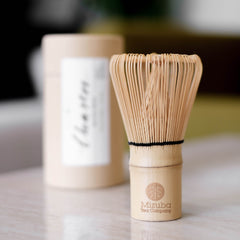
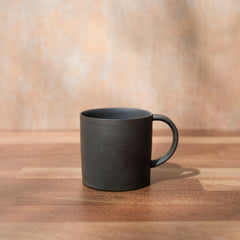
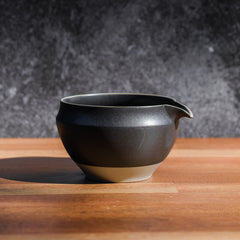
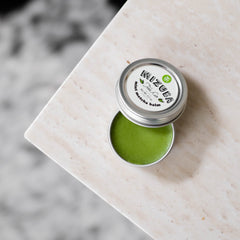
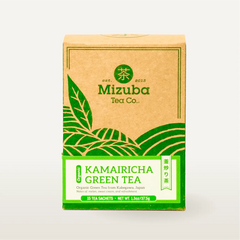
Leave a comment